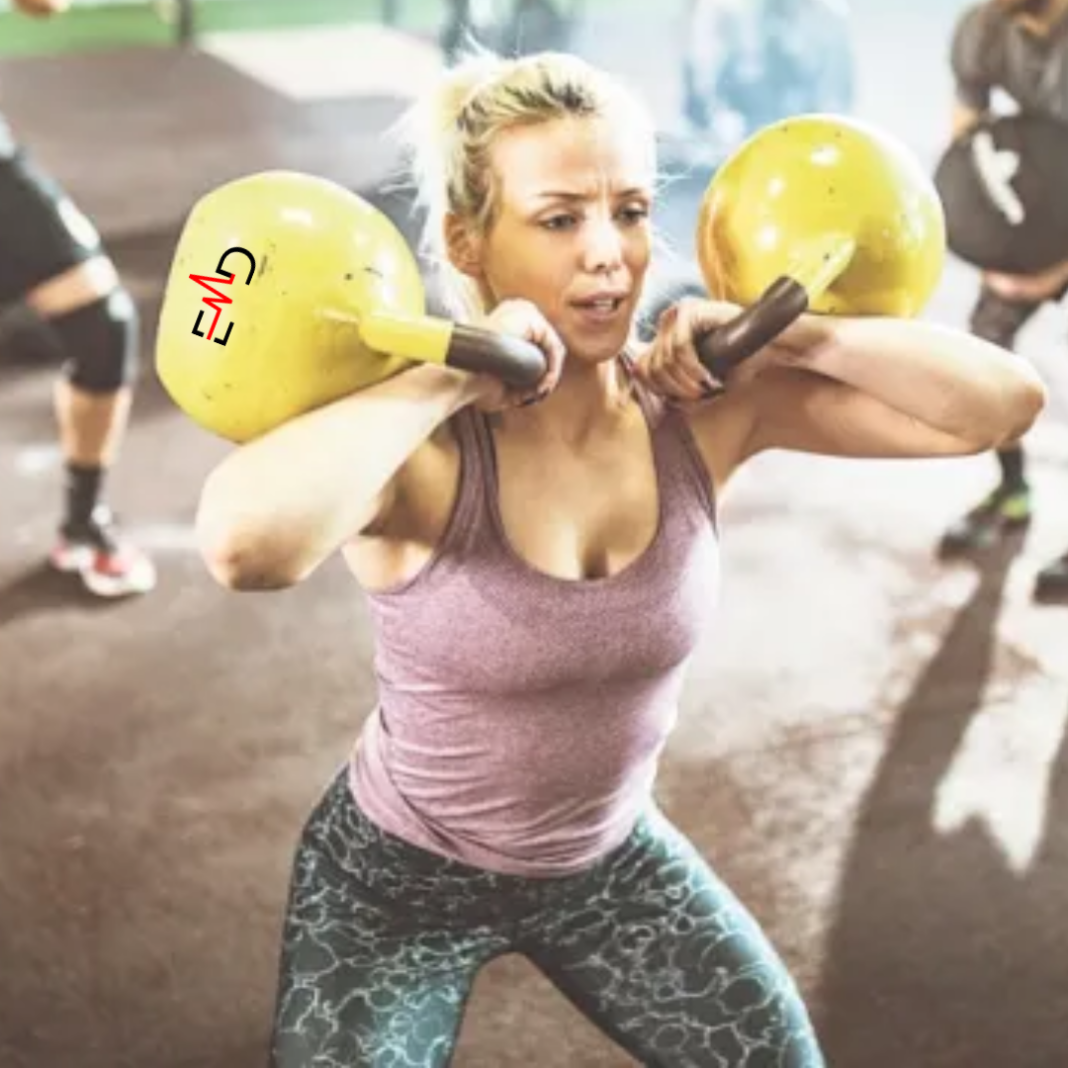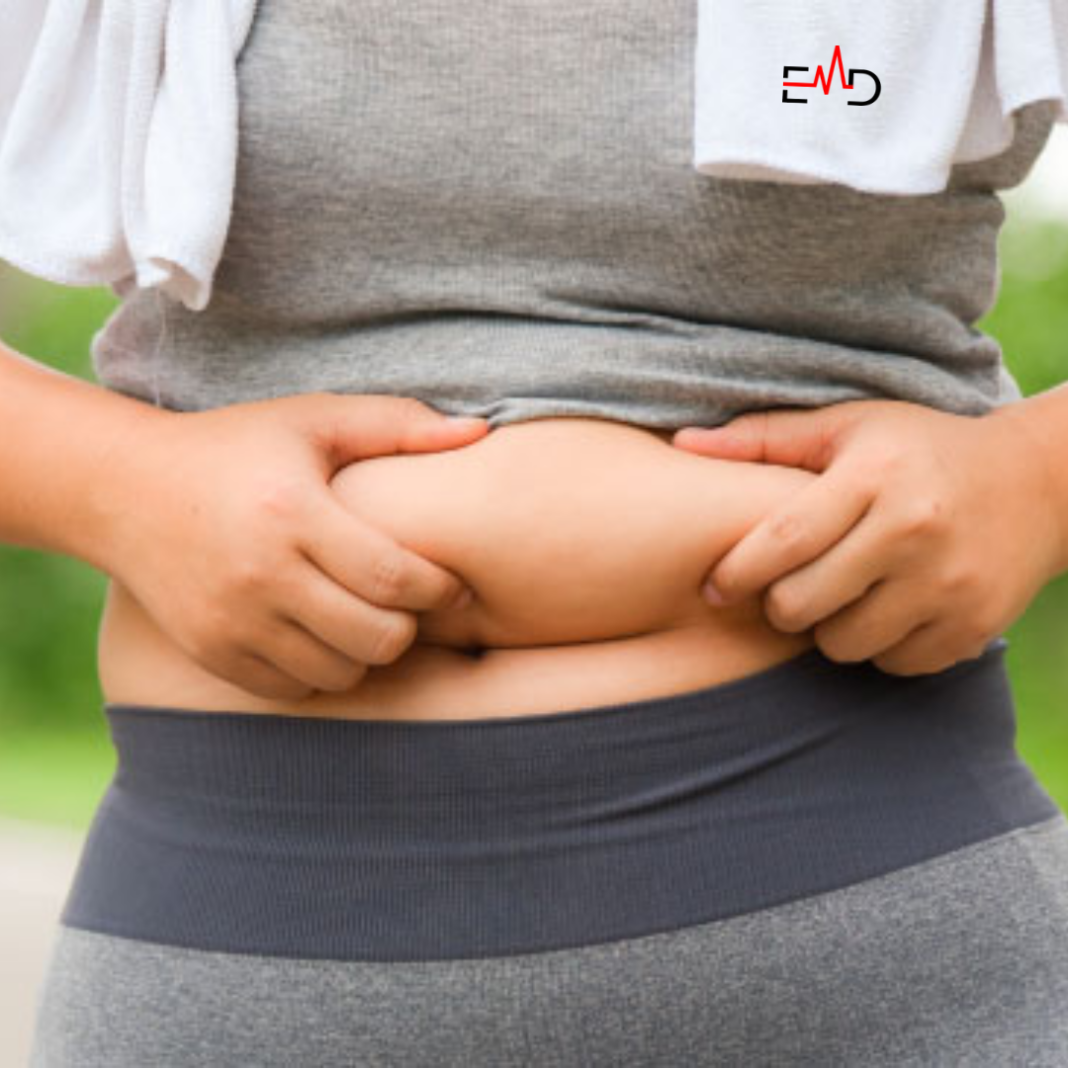Exercise Daily – High-intensity interval Training (HIIT) has become one of the recent popular workout trends. But what makes HIIT so effective? The science and application of high-intensity interval training (HIIT) reveal its remarkable benefits. HIIT training, or sprint interval training, alternates between short bursts of high-intensity exercise and moderate-intensity continuous training (MICT) periods.
Studies have shown that HIIT improves exercise capacity more effectively than moderate-intensity continuous exercise. This type of training pushes your body to adapt quickly, increasing cardiovascular endurance and promoting efficient energy use. Exercise physiologists have found that even 12 weeks of HIIT can significantly improve body composition and reduce the risk of chronic diseases.
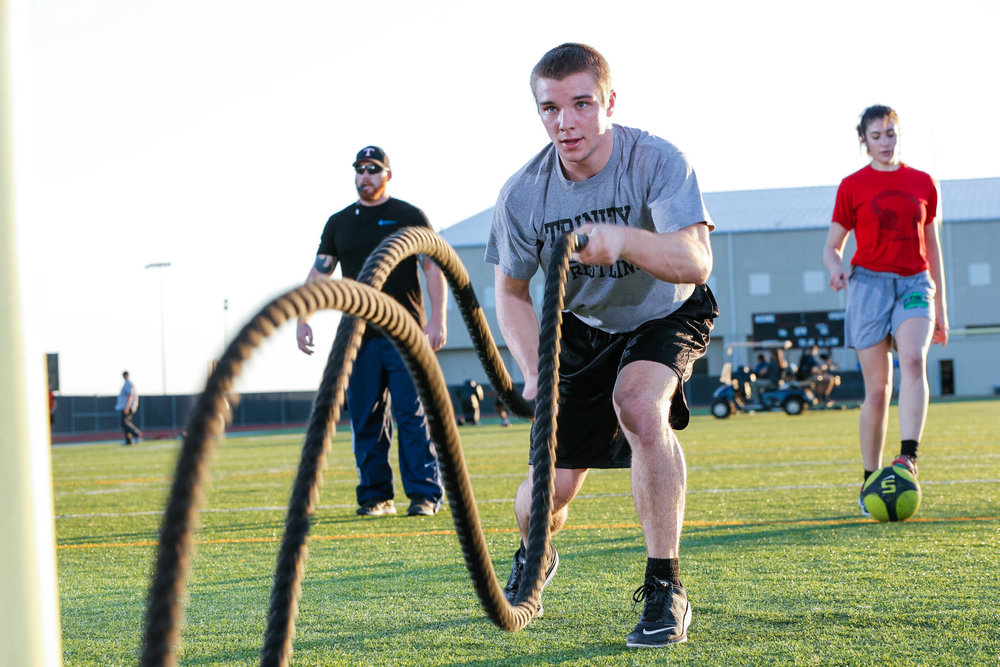
What is High-Intensity Interval Training (HIIT)?
HIIT is a form of exercise alternating between short bursts of high-intensity activity and periods of low-intensity recovery. This method pushes your body to work at maximum capacity during the high-intensity intervals and allows for recovery during the low-intensity phases.
Incorporating HIIT into your fitness routine can offer substantial benefits. Research indicates that HIIT sessions, which include higher exercise intensities, can lead to greater weight loss than continuous endurance training. This is because HIIT increases the metabolic rate for hours after the workout. The benefits of high-intensity interval training extend beyond just physical fitness; it also enhances mental toughness and discipline.
The Science Behind HIIT
The magic of HIIT lies in its ability to maximize calorie burn and improve cardiovascular fitness in a short amount of time. During the high-intensity phases, your body goes anaerobic, burning more calories than steady-state cardio. The recovery periods allow your body to prepare for the next intense exercise, making HIIT efficient and effective.
Calorie Burn
HIIT workouts create an oxygen deficit, leading to increased calorie burn even after the workout is over. This phenomenon, known as excess post-exercise oxygen consumption (EPOC), ensures that your body continues to burn calories at a higher rate for hours after the session.
Cardiovascular Improvements
During high-intensity intervals, your heart rate increases significantly, improving cardiovascular endurance. This enhances the efficiency of your heart and lungs, making everyday activities easier and reducing the risk of heart disease.

Benefits of HIIT
HIIT offers numerous benefits, including improved cardiovascular health, increased metabolism, enhanced muscle tone, and better endurance. Additionally, HIIT workouts can be adjusted to fit any fitness level, making it accessible to everyone.
Improved Cardiovascular Health
HIIT improves the function of the heart and lungs, increasing oxygen supply to the muscles and improving overall cardiovascular efficiency.
Increased Metabolism
The intense bursts of activity in HIIT boost your metabolic rate, helping you burn more calories throughout the day, even at rest.
Enhanced Muscle Tone
HIIT incorporates various exercises that target different muscle groups, promoting muscle growth and improving overall muscle tone.
Better Endurance
Regular HIIT workouts enhance aerobic and anaerobic endurance, allowing you to perform better in various physical activities. When comparing the effect of HIIT versus moderate continuous training, the results consistently show that HIIT is superior in improving overall fitness and health. So, if you’re looking to maximize the effectiveness of your workout in a shorter time, starting a high-intensity interval training (HIIT) program may be the ideal choice.
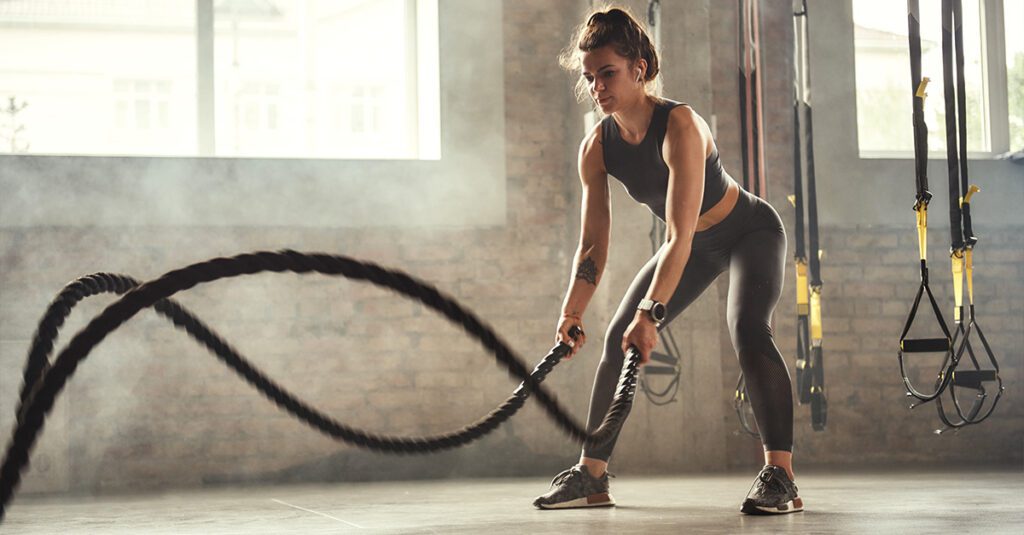
Comparing HIIT to Other Forms of Exercise
Compared to traditional endurance training, HIIT provides similar or even superior benefits in a fraction of the time. While moderate-intensity continuous training (MICT) is effective, it often requires longer sessions. HIIT, on the other hand, can deliver impressive results with shorter workouts.
Efficiency
HIIT workouts are time-efficient, ideal for busy individuals who want to maximize their workout benefits in less time.
Versatility
HIIT can be performed with various exercises, making it a versatile workout that can be tailored to individual preferences and fitness levels.
How to Get Started with HIIT
If you’re new to HIIT, start slowly. Begin with a ratio of 1:2 for high-intensity to low-intensity intervals—for example, 30 seconds of intense exercise followed by 60 seconds of rest. As your fitness improves, you can increase the intensity and duration of the high-intensity intervals.
Beginner Tips
- Start with basic exercises like jogging, cycling, or bodyweight movements.
- Ensure proper warm-up and cool-down to prevent injuries.
- Gradually increase the intensity and duration of your intervals.
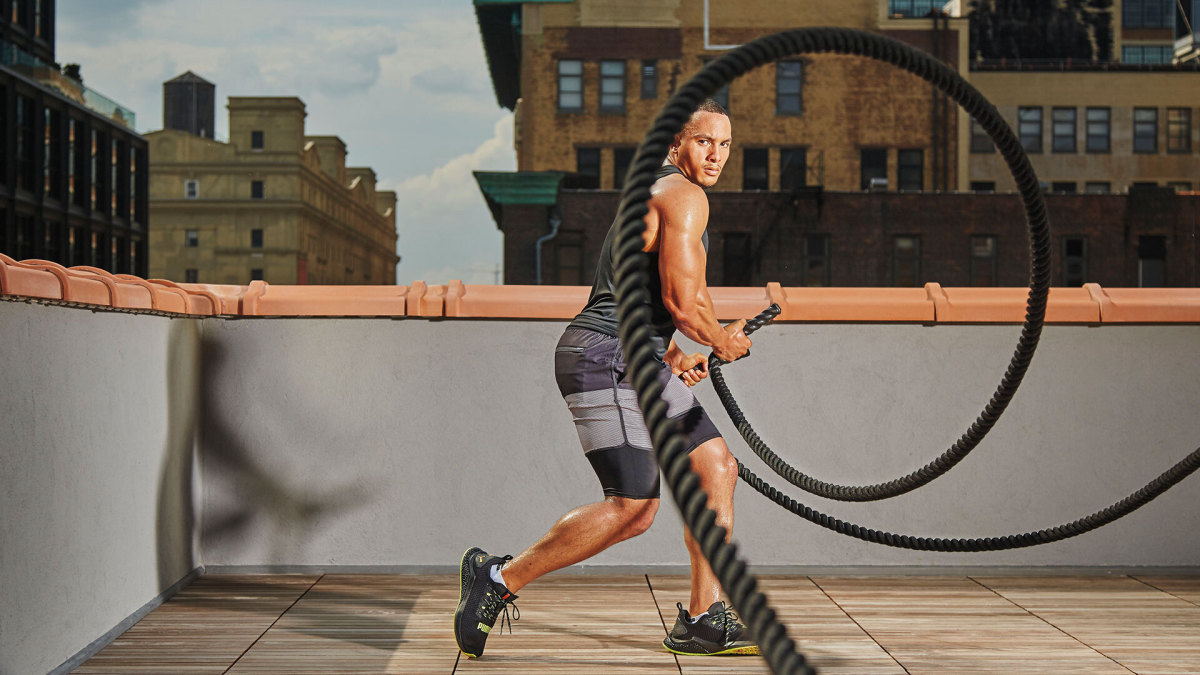
HIIT Workout Structure
A typical HIIT workout might include sprinting, cycling, or bodyweight exercises such as burpees, jumping jacks, and push-ups. Here’s an example:
Example Workout
- Warm-up (5 minutes): Light jogging or dynamic stretching.
- Workout (20 minutes): 30 seconds sprint, 60 seconds walk (repeat 10 times).
- Cool-down (5 minutes): Walking and stretching.
Exercise Capacity and HIIT
HIIT significantly improves exercise capacity by enhancing both aerobic and anaerobic fitness. The high-intensity bursts increase your heart rate and boost oxygen consumption, leading to better performance in various physical activities.
Aerobic Capacity
HIIT enhances aerobic capacity by improving the efficiency of oxygen utilization during exercise.
Anaerobic Capacity
The intense intervals in HIIT also boost anaerobic capacity, allowing you to perform high-intensity activities more effectively.
Effects of HIIT on the Body
In the short term, HIIT can increase calorie burn and improve cardiovascular function. Long-term benefits include enhanced metabolic rate, increased muscle mass, and improved insulin sensitivity.
Short-Term Effects
- Increased heart rate and oxygen consumption.
- Immediate calorie burn and improved cardiovascular function.
Long-Term Effects
- Enhanced metabolic rate and fat loss.
- Increased muscle mass and improved insulin sensitivity.
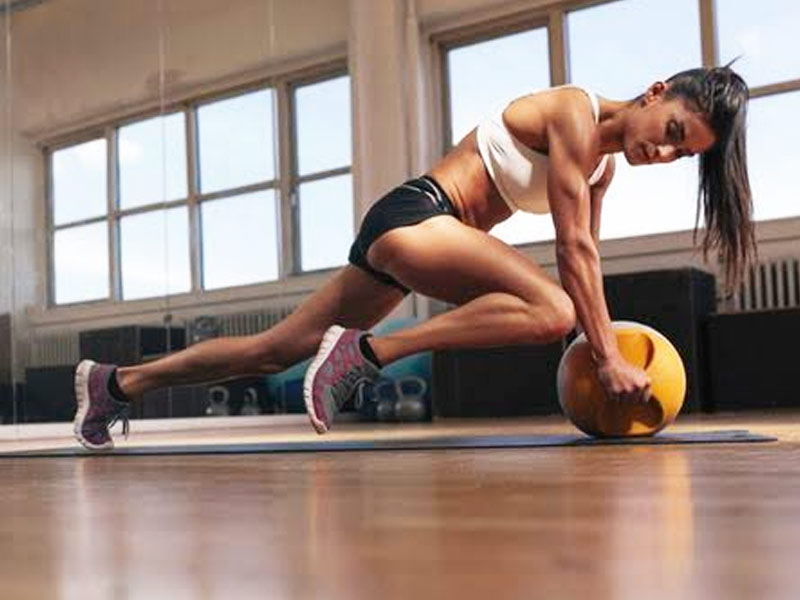
Application of HIIT in Different Populations
HIIT can be adapted for different age groups and fitness levels. Whether you’re an athlete looking to enhance performance or a senior aiming to stay active, HIIT can be tailored to meet your needs. Always consult a healthcare provider before starting any new exercise regimen.
Athletes
HIIT can help athletes improve their performance by enhancing speed, strength, and endurance.
Seniors
HIIT can be modified to accommodate the fitness levels of older adults, promoting cardiovascular health and overall fitness.
Common Misconceptions about HIIT
Several misconceptions about HIIT exist, such as that it is too intense for beginners or not suitable for older adults. HIIT can be modified to suit all fitness levels and age groups, making it a versatile workout option.
Too Intense for Beginners
HIIT can be adjusted to lower intensities, making it accessible for beginners to build their fitness levels gradually.
Not Suitable for Older Adults
With proper modifications, HIIT can be a safe and effective workout for older adults, improving their cardiovascular health and overall fitness.
HIIT for Weight Loss
HIIT is highly effective for weight loss due to its ability to burn a significant number of calories in a short time. Additionally, the afterburn effect, or excess post-exercise oxygen consumption (EPOC), means you’ll continue to burn calories even after the workout is over.
Calorie Burn
HIIT workouts burn a high number of calories in a short period, making them effective for weight loss.
Afterburn Effect
The afterburn effect ensures continued calorie burn for hours after the workout, enhancing weight loss efforts.
HIIT for Cardiovascular Health
HIIT improves cardiovascular health by increasing heart rate and boosting blood flow. Studies have shown that HIIT can enhance heart function and reduce the risk of cardiovascular diseases, making it a heart-healthy workout option.
Heart Function
Regular HIIT workouts improve heart function, enhancing the efficiency of the cardiovascular system.
Reduced Risk of Diseases
HIIT reduces the risk of cardiovascular diseases by improving heart health and overall fitness.
Mental Health Benefits of HIIT
Beyond physical benefits, HIIT also positively impacts mental health. It can reduce stress, anxiety, and depression by releasing endorphins, the body’s natural feel-good hormones. Additionally, the challenge of HIIT can boost mental resilience and confidence.
Stress Reduction
HIIT workouts help reduce stress levels by releasing endorphins and promoting relaxation.
Improved Mental Resilience
The challenging nature of HIIT builds mental resilience and confidence, enhancing overall well-being.

Conclusion
High-Intensity Interval Training (HIIT) is a powerful and efficient workout that offers numerous benefits for both body and mind. Whether you want to improve your fitness, lose weight, or enhance your overall health, HIIT provides a versatile and effective solution. Start slow, listen to your body, and watch as HIIT transforms your fitness journey.
FAQs
Q: Is HIIT suitable for beginners?
A: Yes, HIIT can be modified for beginners. Start with lower intensity intervals and gradually increase as your fitness improves.
Q: How often should I do HIIT workouts?
A: It is recommended to do HIIT workouts 2-3 times per week, allowing time for recovery between sessions.
Q: Can HIIT help with weight loss?
A: Absolutely! HIIT is highly effective for burning calories and boosting metabolism, making it great for weight loss.
Q: What are some common HIIT exercises?
A: Common HIIT exercises include sprints, cycling, burpees, jumping jacks, and push-ups.
Q: Do I need any special equipment for HIIT?
A: No special equipment is needed for HIIT, although things like a jump rope or dumbbells can be incorporated to increase intensity.

